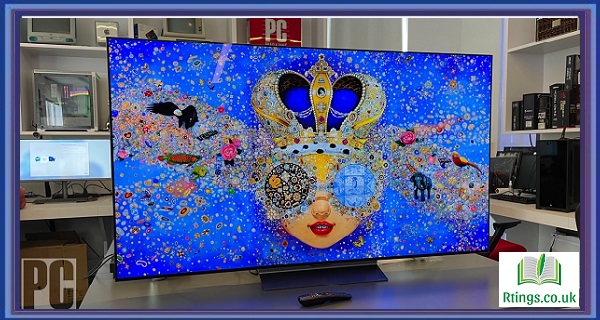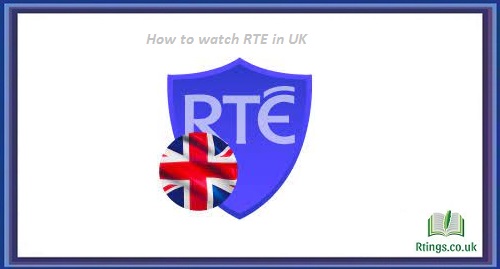8K television, also known as Super Hi-Vision, is a television display technology that offers a resolution of 7680 x 4320 pixels, four times the resolution of 4K and sixteen times the resolution of full HD. 8K TVs aim to provide a more immersive viewing experience by offering a clearer, more detailed image than their lower resolution counterparts.
History of 8K TV
Sharp introduced the first 8K television in 2013, but only recently did 8K television sets become more widely available. The first commercially available 8K television sets were introduced in late 2018 and early 2019, and the technology has been steadily improving since then.
Advantages of 8K TV
- Increased Resolution: The most apparent advantage of 8K television is its increased resolution. With a resolution of 7680 x 4320, 8K television sets can provide a much more detailed and lifelike image than 4K or even full HD televisions.
- Improved Image Quality: In addition to the increased resolution, 8K television sets offer improved image quality thanks to advancements in image processing technology. 8K televisions can upscale lower-resolution content to 8K, resulting in a clearer, more detailed image.
- Enhanced Immersion: 8K televisions also offer a more immersive viewing experience thanks to their larger screen size and the wider field of view. With an 8K television, you can sit closer to the screen without noticing the individual pixels, which results in a more immersive viewing experience.
- Better HDR Performance: High Dynamic Range (HDR) is a technology that allows for a wider range of colors and brightness levels in an image. 8K televisions can display HDR content with greater accuracy and detail, resulting in a more lifelike image.
Disadvantages of 8K TV
- Limited Content: One of the most significant disadvantages of 8K television is the limited amount of 8K content. While some 8K content is available, it is still a relatively new technology, and most content is still in 4K or even full HD.
- High Cost: 8K televisions are still relatively new and, as a result, are significantly more expensive than their 4K or full HD counterparts. While prices are likely to come down as the technology becomes more widely adopted, 8K televisions are still relatively expensive for the average consumer.
- Limited Benefits for Smaller Screen Sizes: While the increased resolution and improved image quality offered by 8K television sets can be appreciated on larger screens, the benefits are less noticeable on smaller screen sizes. For this reason, many experts recommend purchasing an 8K television with a screen size of at least 65 inches.
8K Content Availability
As previously mentioned, the availability of 8K content is still relatively limited. While some streaming services, such as Netflix and Amazon Prime Video, offer limited 8K content, the majority of content is still in 4K or even full HD. Additionally, most broadcast television is still in full HD or 720p, so the benefits of 8K televisions still need to be fully realized for most consumers.
Future of 8K TV
As 8K television technology continues to improve, the availability of 8K content will likely increase. Additionally, as prices for 8K televisions continue to decrease, they will become more accessible to the average consumer. While it may take a few more years for 8K television to become the standard, the technology is rapidly advancing, and the future will likely be 8K.
Conclusion
8K television sets offer several advantages, including increased resolution, improved image quality, enhanced immersion, and better HDR performance. However, they also have several disadvantages, including a limited amount of 8K content, high cost, and limited benefits for smaller screen sizes. Whether or not an 8K TV is worth buying depends on several factors, including your budget, size, and viewing habits. While it may take a few more years for 8K television to become the standard, it is clear that technology is rapidly advancing, and the future will likely be 8K.
Frequently Asked Questions (FAQs)
What is the difference between 8K and 4K TV?
The main difference between 8K and 4K TVs is the resolution. 8K TV has a resolution of 7680 x 4320 pixels, four times the resolution of 4K (3840 x 2160 pixels) and sixteen times the full HD resolution (1920 x 1080 pixels). This means that 8K TV provides a more detailed and lifelike image.
Is an 8K TV worth buying?
Whether or not an 8K TV is worth buying depends on several factors, including your budget, size, and viewing habits. If you have a large TV and are a movie or sports enthusiast, you may appreciate the increased resolution and improved image quality offered by 8K TV. However, if you have a smaller TV or primarily watch content in 4K or lower resolution, you may not see a significant difference in picture quality.
What is the difference between 8K and HDR?
High Dynamic Range (HDR) is a technology that allows for a wider range of colors and brightness levels in an image, while 8K is a measure of the resolution of a television. Television can have both 8K resolution and HDR technology, or it can have one or the other. However, 8K televisions can display HDR content with greater accuracy and detail, resulting in a more lifelike image.
Is there a lot of 8K content available?
The availability of 8K content is still relatively limited. While some streaming services, such as Netflix and Amazon Prime Video, offer limited 8K content, the majority of content is still in 4K or even full HD. Additionally, most broadcast television is still in full HD or 720p, so the benefits of 8K televisions are not yet fully realized for most consumers.






